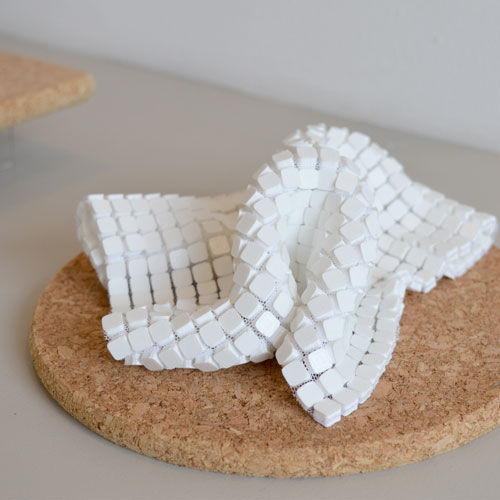Research Project
Emergent product design practices in the era of additive manufacturing
Introduction
Additive Manufacturing (AM), also known as 3D Printing, is a family of manufacturing technologies that build physical artefacts by adding material layer by layer. AM can make shapes that would be impossible or at least very difficult with traditional manufacturing methods. AM capabilities include shape complexity, multi-materials, on-demand production, personalisation and 4D Printing. Recent years have witnessed the emergence of end-use products manufactured via AM, and this is likely to grow in the future.
AM capabilities are transformative for product design in many ways, but especially because they remove the traditional barriers of upfront investment in tooling that mark the end of the design process and the start of production. This can allow professional designers to change their designs endlessly without a clear end to the design process or a final design.
As in craftsmanship or software development, each iteration of the product can become a new improved version of the previous. So, the sequential structure of product versions can disappear and be replaced by a continuous design flow of potentially unique or personalised products with new, improved or simply different functions or aesthetics. This can bring great opportunities but also many questions and challenges.
The research team would like to thank the Arts and Humanities Research Council and Loughborough University for funding this project.

Some emerging questions are:
Will Additive Manufacturing transform product design practice, processes, methods and tools, and how?
What are the key opportunities and challenges for product design practice now and in the future – and how can these opportunities be exploited, and challenges mitigated to increase and maintain the UK’s leading position in this field?
What do designers know, think and feel about Additive Manufacturing, broader technological change and the likely evolution of product design practice?
Will Additive Manufacturing change product design jobs and skill requirements and how?
What will the implications for design education and training be?
Goals
Our ambition in this project is to answer these questions by uncovering cutting-edge design practices in AM and studying empirically how product design is evolving; thus, defining the implications of AM for the future of the discipline.
This project aims to provide a robust conceptual framework for understanding the impact of AM in product design practice; building a systematic methodology for studying the evolution of design practice; and presenting a new perspective through a comparative analysis of design practices across different domains and sectors.
The data collected will be transformed into a virtual exhibition that will inform professional designers, academic researchers and design educators about the long-term evolution of product design practice.
